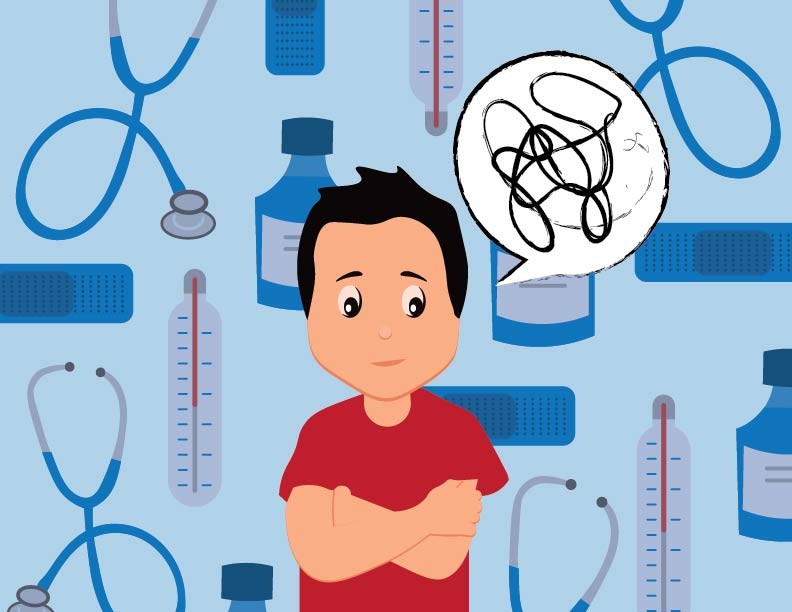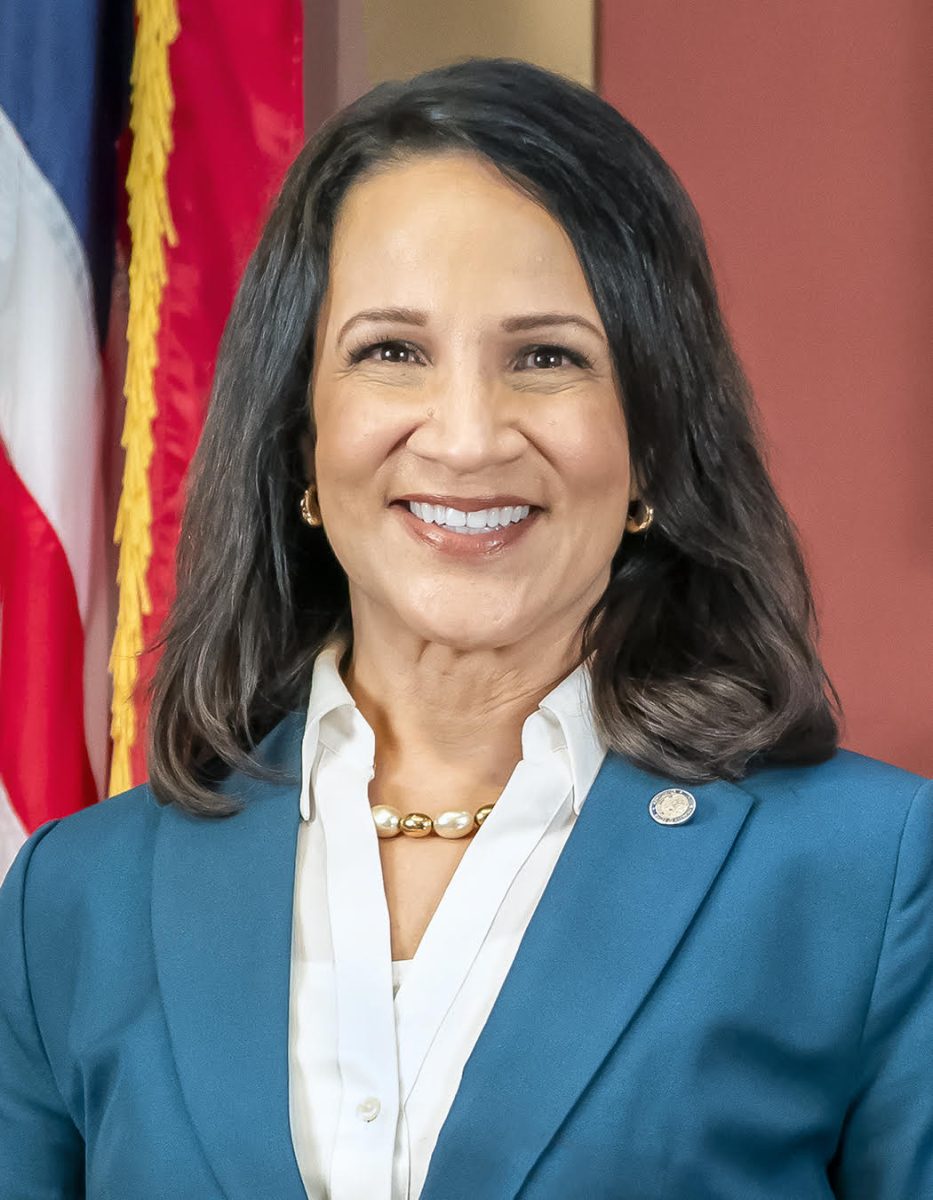A University of Minnesota professor is trying to improve early detection of autism in children.
Jed Elisonis part of two research studies attempting to enhance autism identification and screening in children. The first aims to improve population-based autism screening, and the second hopes to make better recommendations when children are younger to avoid waiting to diagnose.
“It’s critical that we improve early identification methods and strategies so more children can be enrolled in early intervention services,” said Elison, an associate professor at the Institute of Child Development. “The earlier you intervene, the better the outcome.”
The average diagnosis age for children with autism in Minnesota is about four years and nine months. However, Elison said autism can be detected in a child when they’re between 18 and 30 months old.
This difference in diagnosis time is for a lot of reasons, he said. For one, access to expert clinicians who can do early assessments is low.
“Families are often on waiting lists of up to … a year long, sometimes longer,” Elison said. “Children who may show more subtle forms of autism are likely going to be diagnosed later.”
There’s also a lot of variability between autism symptoms in children. No pediatrician wants to recommend a child for screening if they do not need it, he said.
There is no single identifying marker for autism in children. However, there are symptoms that may lead to an autism diagnosis, such as a child not responding to their name or not meeting language developmental milestones.
The Infant Brain Imaging study documents infant siblings at three points in time to determine which infants show signs of autism. Using MRIs and other assessments, the data suggest that researchers can predict with more than 80 percent accuracy which infant will receive a future diagnosis, Elison said.
The other research study focuses on improving the questionnaire that parents fill out to screen their children for autism. Elison said the current yes-or-no questionnaire can inaccurately estimate the number of children at risk for autism. Because of this, doctors often choose to wait for a diagnosis, he said.
In their study, Elison said they are asking for more information about the child than the questionnaire to hopefully make better follow-up recommendations.
Eric Ringgenberg, director of education programs at the Autism Society of Minnesota, said early intervention is important to begin to address the skills autism impacts as someone develops and should be tailored individually.
“You need to intervene in a way that addresses the individual challenges that the person is facing,” Ringgenberg said. “Early intervention programs shouldn’t just be a one-size-fits-all.”
Additionally, if a child is older than how they behave, that can make it difficult to connect with peers their own age, he said.
“That minimizes their ability to access their peers and to be a part of the natural environment, and can lead to exclusion,” Ringgenberg said.
Amy Esler, an associate professor in the University’s Department of Pediatrics, has been involved in improving autism detection for more than a decade. One way to improve is to increase awareness of the signs of autism, she said.
“If parents and general practitioners don’t know the signs of autism, then they can’t ask for help,” she said.
In order to lower the age of diagnosis, there needs to be additional community-level work, Esler said.
“State, university, school districts — we’re all really trying,” she said.














